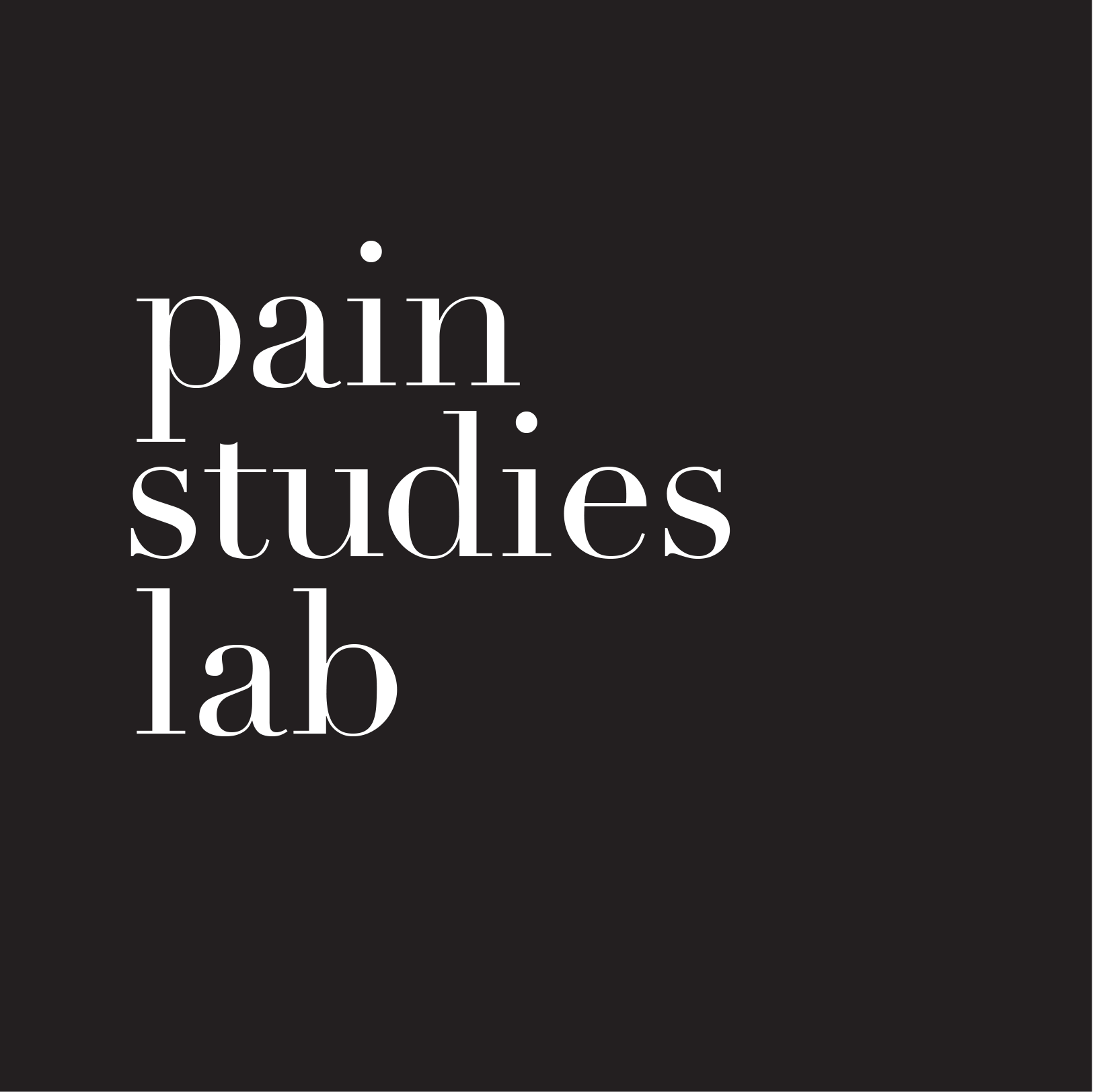Tyler Fox presented his paper, Tracing Transduction and Information in the Living Arts, co-written by Diane Gromala, at nohuman, the 26th annual meeting of the Society for Literature, Science and the Arts, held in Milwaukee, Sept. 27-29.
The abstract of the paper reads as follows:
Gilbert Simondon offers a definition of information in opposition to the quantification of signal and noise introduced by Claude Shannon and information theory. For Simondon, information is “the tension between two disparate realities.” In this way, information precedes individuation, which results in resolutions, however partial, of such tension. If information precedes individuation, it is through processes of transduction that individuation occurs. Corresponding to relations of the disparate realities that require information and individuation, transduction can be traced through the structures and patterns that emerge from resolving a given set of relations, specifically patterns and structures that were not present before transduction. In this paper, I implement Simondon’s conceptualization of information and transduction as theoretical touchstones in relation to several recent works of art involving living entities, including a work in progress of my own. These artworks combine organic and inorganic materials and processes, bringing together “disparate realities” through nonhuman assemblages, and in ways that productively challenge the application of information theory to life in general. Thus, the emergent relations and resolutions brought forth through praxis and in the experience of these artworks offer useful points of exploration of Simondon’s ideas. Simondons work offers rich conceptual tools with which to trace how the informational demands and processes of transduction shift through the separate events of making and experiencing art.
